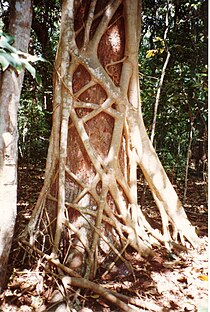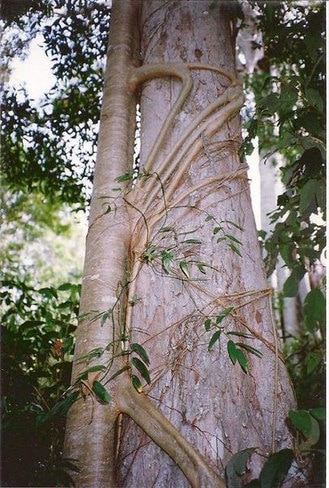
Cnidaria is a phylum containing over 10 000 species of of animals found in the water that include jellyfish, anemonies, and similar animals.
Feeding:
All cnidarians are carnivores. They can filter food particles out of the water, they can obtain food by predation, they can absorb dissolving organic chemicals. But the majority of cniderians obtain their food by predation.
Respiration:
Cnidarians do not have a respiratory system and do not use the typical trachae, gills, or lungs to respire. They absord oxygen through cell layers and expel carbon dioxide into the surronding water.
Circulation:
Firstly a circulatory system is needed to transfer oxygen and nutrients to all cells of the body. Therefore, cnideria's have no need for a circulatory system as all their cells are constantly intact with water which contains all the oxygen and nutrients the simple animals need.
Excretion
Cnidarians have one cannal-like cavity in their layered bodies that is used for ingestion and excretion. Gaseous wastes are eliminated by diffusion and solid wastes in dissolved or un-dissolved form pass out through the opening in their body.
Response
Cnidarians have no brain or even a central nervous system. Instead they have nerve nets that consist of sensory neutrons that react to stimuli like odors that tell the muscles to contract.
Movement
Hydras and anemonies can slowly creep like snails, crawl like inchworms, or somersault over top of rocks. Jellyfish on the other hand swim by jet propultion. muscles, especially inside the rim of the bell, squeeze water out of the cavity inside the bell, and the springiness of the mesoglea powers the recovery stroke.
Reproduction:
Cnidarians can reproduce both sexually and asexually. In asexual reproduction, new individuals arise from bits of tissue that are budded off from a parent, or by a parent dividing lengthwise or crosswise into two smaller individuals. In sexual reproduction larva known as planula develops from a zygote.






















 This the strangler fig, a commen name for a number of tropical and subtropical plant species. This one in particular is a Ficus aurea. Now i'm pretty sure this plant is something out of one of my sci-fi novels as it sucks the host trees nutrients. This plant starts as a seed on top of a tree and grows its roots down descending along the tree eventually reaching the ground and soil. This tree is ruthless, it digs its roots with the host trees roots and competes for water and nutrients, it squeezes the trunk of the host tree and cuts of its flow of nutrients, and it makes a large canopy of leaves to block sunlight going to the host tree. Eventually the host tree will die an aganozing death watching this predator grow on it for dozens of years.
This the strangler fig, a commen name for a number of tropical and subtropical plant species. This one in particular is a Ficus aurea. Now i'm pretty sure this plant is something out of one of my sci-fi novels as it sucks the host trees nutrients. This plant starts as a seed on top of a tree and grows its roots down descending along the tree eventually reaching the ground and soil. This tree is ruthless, it digs its roots with the host trees roots and competes for water and nutrients, it squeezes the trunk of the host tree and cuts of its flow of nutrients, and it makes a large canopy of leaves to block sunlight going to the host tree. Eventually the host tree will die an aganozing death watching this predator grow on it for dozens of years.


